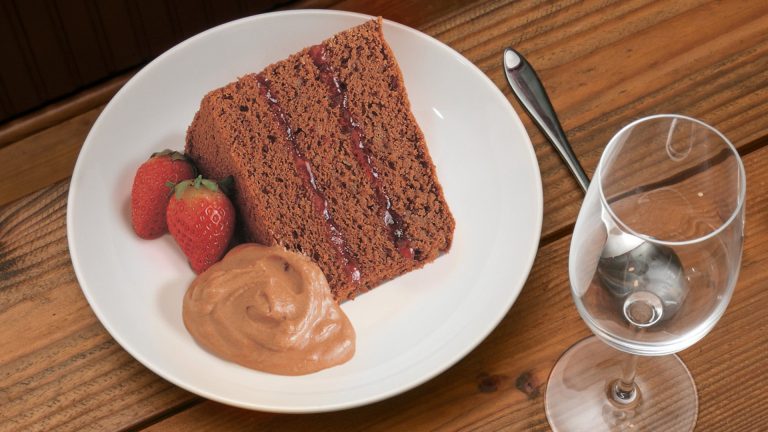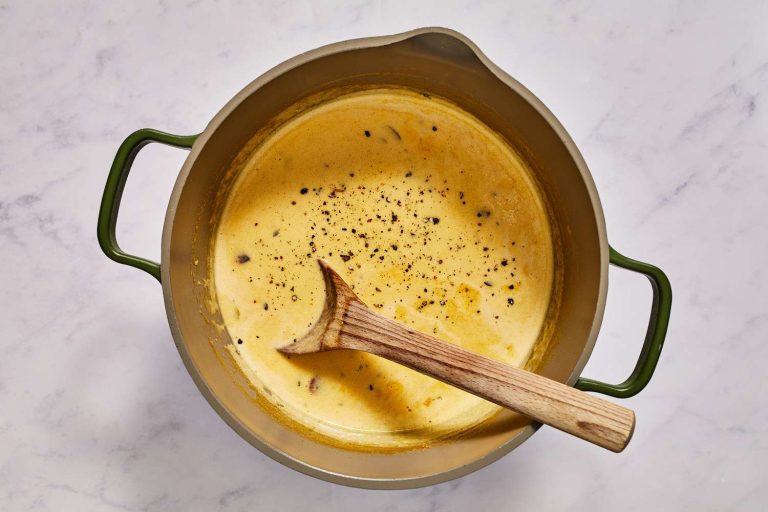Fried Bologna Casserole: Recipe, Varieties, and Nutritional Benefits
Fried bologna casserole takes inspiration from traditional comfort food and elevates it with a modern twist. Bologna, a staple in American households since the early 20th century, started as an inexpensive protein option. Originally derived from Italian mortadella, bologna adapted to the American palate with its distinct, less seasoned profile. Casseroles, which became popular in mid-20th century America, offered an efficient way to prepare a complete, hearty meal in one dish. Combining these elements, fried bologna casserole merges nostalgia with practicality, providing a satisfying dish for modern kitchens.
Common Ingredients in Fried Bologna Casserole
Fried bologna casserole typically includes these ingredients:
- Bologna: Sliced thick to provide a robust, savory base.
- Cheese: Cheddar, mozzarella, or American cheese to add creamy, gooey texture.
- Milk: Used to create a rich, cohesive sauce.
- Eggs: To bind the ingredients and add structure.
- Breadcrumbs: For a crunchy topping and added texture.
- Onions and Bell Peppers: To introduce sweetness and a slight tang.
- Seasonings: Salt, pepper, and paprika for enhanced flavors.
- Pasta or Potatoes: Forms the bulk and adds substance to the dish.
These ingredients, when combined, create a casserole that’s both rich and comforting, echoing the classic flavors of fried bologna while delivering the heartiness expected from a traditional casserole.
How to Make Fried Bologna Casserole
Preparing the Ingredients
Gather these ingredients before starting the cooking process. You’ll need:
- 1 lb of thickly sliced bologna
- 2 cups of shredded cheese (cheddar, mozzarella, or a blend)
- 1 cup of milk
- 3 large eggs
- 1 cup of breadcrumbs
- 1 diced onion
- 1 diced bell pepper
- Salt, pepper, and seasoning to taste
- 3 cups of cooked pasta or diced potatoes (such as elbow macaroni or russet potatoes)
Start by preheating your oven to 350°F. Next, dice the onion and bell pepper, then set them aside. Shred the cheese if it’s not pre-shredded. Cook the pasta or potatoes until tender, then drain and set aside. Crack the eggs into a bowl, then whisk them with the milk until well blended. Measure the breadcrumbs and seasonings, keeping them ready for the next steps.
- Fry the Bologna: Heat a large skillet over medium heat. Add the bologna slices and fry until they’re browned and crispy on both sides. Remove them from the skillet, then set them aside on paper towels to drain excess grease.
- Sauté the Vegetables: In the same skillet, sauté the diced onions and bell peppers until they’re softened and translucent. This usually takes about 5 minutes.
- Combine Ingredients: In a large mixing bowl, combine the fried bologna, sautéed vegetables, cooked pasta or potatoes, shredded cheese, and the egg-milk mixture. Add salt, pepper, and other preferred seasonings.
- Assemble the Casserole: Pour the combined mixture into a greased 9×13 inch baking dish. Spread it evenly, then sprinkle the breadcrumbs on top for a crunchy crust.
- Bake: Place the baking dish in the preheated oven. Bake for 25-30 minutes, or until the casserole is bubbly and the top is golden brown.
- Serve: Remove the casserole from the oven and allow it to cool for a few minutes before serving. Enjoy it as a main dish or a hearty side.
Following these steps ensures a flavorful and comforting fried bologna casserole, perfect for family dinners or gatherings.
Nutritional Information
Health Benefits and Concerns
Fried bologna casserole contains protein from bologna and eggs, which support muscle growth and repair. Vegetables like onions and bell peppers add fiber and vitamins, promoting digestive health and immune function. Dairy products like cheese and milk contribute calcium, essential for bone health.
However, consider the sodium content, as processed meats like bologna can be high in salt, potentially raising blood pressure. The casserole also includes fats from cheese and eggs, which may contribute to increased cholesterol levels if consumed in excess. Opt for reduced-sodium bologna and low-fat dairy to make the dish healthier.
Caloric Content per Serving
Each serving of fried bologna casserole provides approximately 300-350 calories. The calorie count depends on the quantity of cheese and the type of pasta or potatoes used. For a more accurate breakdown:
| Ingredient | Calories (per serving) |
|---|---|
| Bologna (2 oz) | 150 |
| Cheese (1/4 cup) | 100 |
| Pasta/Potatoes | 70 |
| Vegetables | 30 |
Adjust portion sizes and ingredient types to fit your dietary needs.
Serving Suggestions
Perfect Sides for Fried Bologna Casserole
Pairing your fried bologna casserole with the right sides can elevate your meal. Opt for steamed vegetables like broccoli or green beans to add a fresh touch. A crisp garden salad with a light vinaigrette provides a refreshing contrast to the rich casserole. Consider mashed potatoes or roasted sweet potatoes if you want a heartier side. For an extra kick, serve with pickles or coleslaw; their tangy flavors balance the savory elements of the casserole. Breadsticks or garlic bread can also complement the dish, adding a satisfying crunch.
Tips on Presentation
Presenting your fried bologna casserole beautifully enhances the dining experience. Use a large, colorful serving dish to make the casserole stand out. Garnish with freshly chopped parsley or chives to add a pop of color and freshness. Serve individual portions in ramekins if you want an elegant touch. Arrange the sides neatly around the main dish on the serving table. Use a sharp knife to cut even portions, ensuring each slice holds together well. These tips not only make your dish visually appealing but also add to the overall enjoyment.
Variations of Fried Bologna Casserole
Regional Variations
Regional twists on fried bologna casserole bring diversity to this comfort dish. In the southern United States, the casserole often includes spicy pimento cheese, adding a tangy and creamy element. In the Midwest, you might find versions with tater tots instead of pasta or potatoes, providing a crispy texture. Northern adaptations may incorporate more vegetables such as carrots and celery, creating a slightly healthier and more colorful presentation. In Canada, some recipes use maple syrup-glazed bologna, adding a sweet and savory twist to the traditional flavor profile.
Vegetarian and Vegan Alternatives
For vegetarian enthusiasts, swapping out bologna with plant-based protein like tofu or tempeh can maintain the dish’s robust texture. Adding more vegetables like mushrooms, zucchini, and eggplant further enhances the dish’s flavor and nutritional value.
Vegan alternatives require more adjustments but are equally flavorful. Use dairy-free cheese made from nuts or soy, and replace eggs with flaxseed or chia seed gel as a binder. Opt for a plant-based milk alternative like almond or oat milk to replicate the creaminess. Season with nutritional yeast for a cheesy flavor, and you’ll have a casserole that’s both satisfying and compassionate.
Implementing these variations ensures that the fried bologna casserole can be enjoyed by a wide audience, regardless of dietary preferences or regional influences.
Conclusion
Fried bologna casserole is more than just a dish; it’s a blend of nostalgia and modern culinary creativity. Whether you’re sticking to the classic recipe or experimenting with regional twists and dietary alternatives, this versatile casserole can easily become a favorite in your meal rotation. Its rich nutritional profile and adaptability make it a satisfying option for any occasion. So go ahead and give it a try—you might just discover a new comfort food staple for your home.






